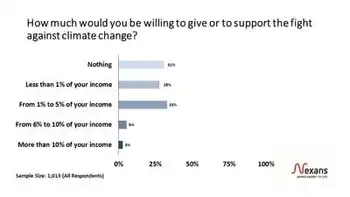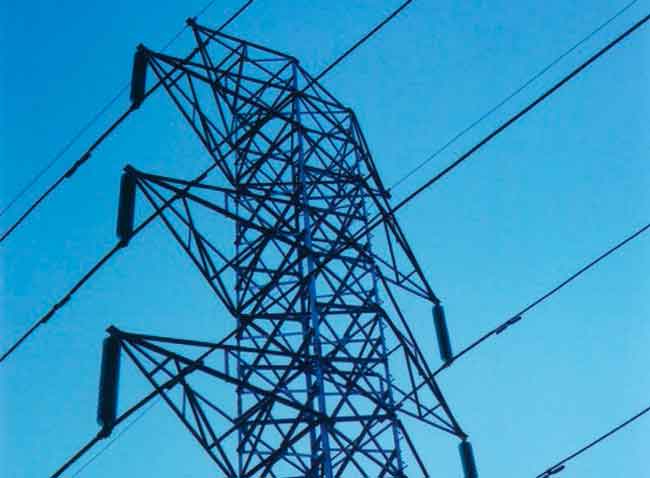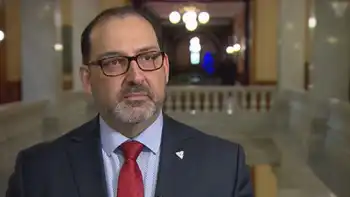GM withdraws DOE loan application
By New York Times
Electrical Testing & Commissioning of Power Systems
Our customized live online or in‑person group training can be delivered to your staff at your location.

- Live Online
- 12 hours Instructor-led
- Group Training Available
GM, whose request had been pending with the Department of Energy for 15 months, said the decision was based on improved cash reserves and a desire to avoid more debt. The company was profitable in 2010 and had $33.5 billion in cash and marketable securities as of September 30 — much of it the result of federal loans related to its 2009 bankruptcy filing — up from $22.8 billion a year ago.
“This decision is based on our confidence in GM’s overall progress and strong, global business performance,” Christopher P. Liddell, GM’s chief financial officer, said in a statement. “Withdrawing our DOE loan application is consistent with our goal to carry minimal debt on our balance sheet.”
GM was unlikely to have received anything close to the full amount that it had originally sought. It would have been required to use the money to retool plants in the United States to make vehicles and parts with improved fuel economy.
Congress created the $25 billion fund in 2008, and the Department of Energy has lent about $8.5 billion of it so far. The Ford Motor Company received $5.9 billion — about half the amount it requested — with smaller amounts going to Nissan, Tesla and Fisker.
The money is unrelated to the federal governmentÂ’s loans that GM and Chrysler received in 2008 and 2009 to prevent their collapse. GM received nearly $50 billion and repaid $6.7 billion of the amount. The rest was converted to an equity stake that was partly sold during the companyÂ’s public stock offering in November, so it has no outstanding debt to the government.
Chrysler, which still owes more than $7 billion to the Treasury Department, is awaiting approval of its request for $3 billion from the Department of Energy fund, down from $8.55 billion initially. Its chief executive, Sergio Marchionne, recently said he hoped to receive the money by March.
GM said that, even without the retooling loans, it had invested $3.4 billion in its American plants since emerging from bankruptcy, creating or retaining 11,000 jobs. Much of the upgrade was related to the manufacture of new high-mileage cars like the Chevrolet Cruze and Volt as well as batteries.
GM has yet to report its fourth-quarter results, but it earned $4.2 billion from January through September. Its operations generated $2.6 billion in positive cash flow in the third quarter.
“Our forgoing government loans will not slow our aggressive plans to bring more new vehicles and technologies to the market as quickly as we can,” Mr. Liddell said. “We will continue to make the necessary investments to assert our industry leadership in technology and fuel economy.”
Separately, GM said it was accelerating the introduction of the Volt, a plug-in hybrid, in response to customer demand. Dealers in all 50 states will be able to take orders in the second quarter and start receiving the cars in the second half of the year. Previously, GM had said the Volt would not be available nationwide until mid-2012.
The Volt went on sale in December but availability is currently limited to metropolitan Washington, as well as New York, New Jersey, Connecticut, California and Texas.











